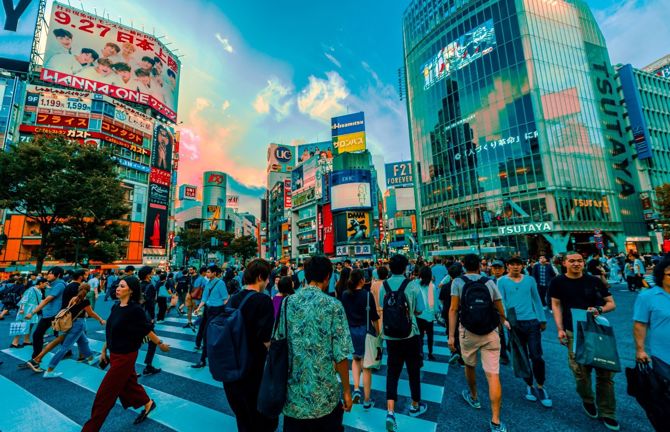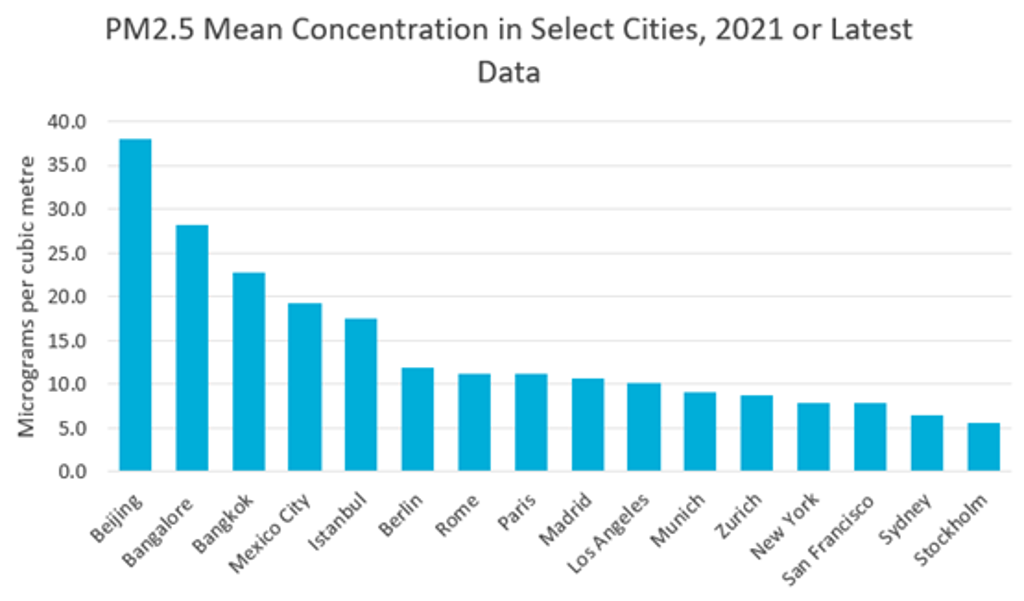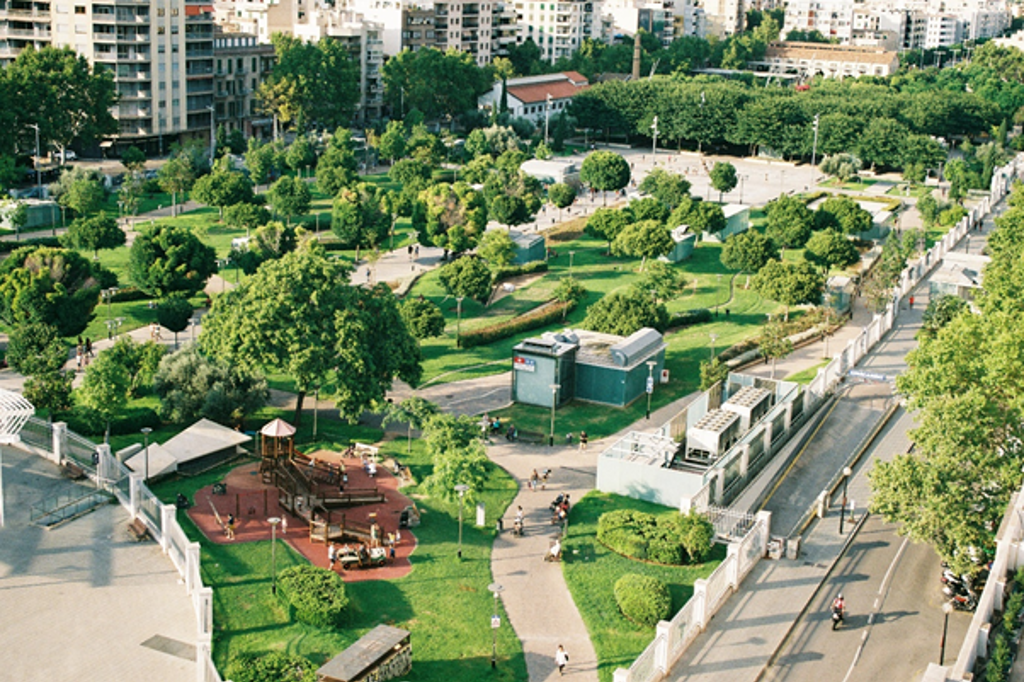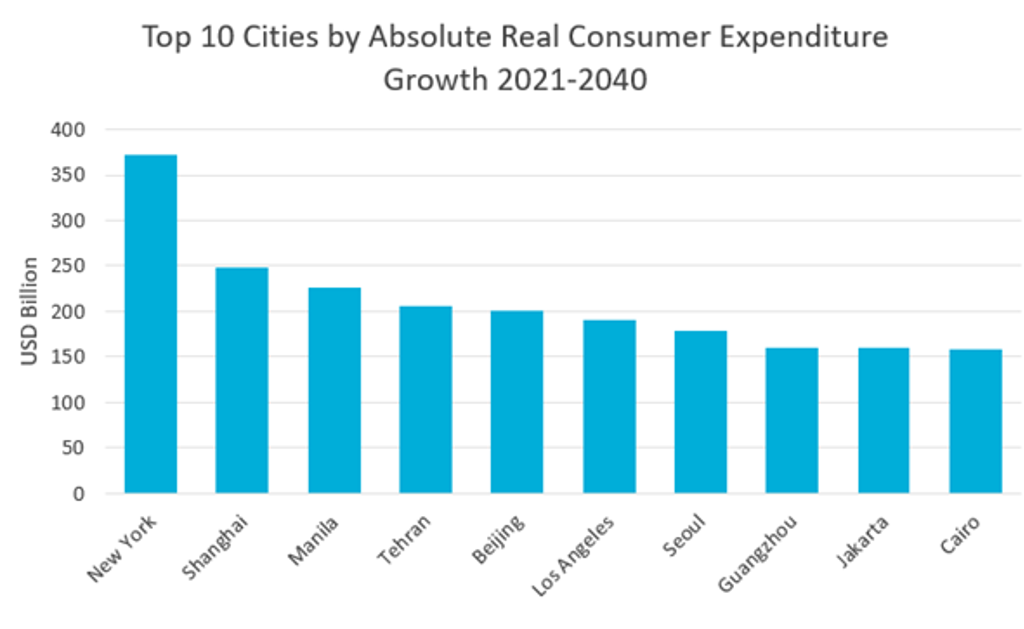Urbanisation is continually hitting new highs. In 2021, 57% of the global population was urban and this is expected to reach 64% by 2040. With higher numbers living in cities, the need for more efficient, practical and cost-effective solutions to improve liveability is becoming greater than ever. This is pushing several trends and themes in the urban world: Digital Cities, Clean Energy, Urban Space and Environment, Seamless and Clean Mobility and Cities of the Future. While the latter is not in itself a trend shaping cities, it is an enabler of the previously mentioned trends and is actively transforming the business investment landscape of emerging and developing cities.

Digital Cities: Cities are incorporating digital solutions to manage their assets. This has been powered by the increasing ubiquity of wireless internet and the surging growth of the Internet of things (IoT). It has ushered a wave of “Smart” and “Intelligent” technologies which utilise artificial intelligence, machine learning and AI to automate or streamline existing processes. For example, using sensors in waste bins to inform authorities when to organise waste refuse collection promotes more efficient delivery of services through data-based decision making.
Clean Energy: Cities account for approximately 70% of global energy use and 40-50% of greenhouse gases. In an increasingly climate-conscious world, the onus is on cities to restructure and rethink their future path to utilise energy sources based on non-fossil fuels. This transition is being pushed by numerous international and regional policies such as the Paris Climate Agreement of 2015 and the EU’s “Fit for 55” package on sustainability. This trend also incorporates the increasing use of building materials by real estate developers to reduce energy consumption and promote greater building efficiency.

Urban Space and Environment: Cities need to cultivate a new approach to urban planning which deepens community integration and ensures citizens have good access to essential services. The 15-minute city, a concept of urban planning seeking to ensure all consumer needs are within a 15-minute bicycle ride or walk embodies smart urban planning. Green spaces, leisure facilities, work, schools, grocery retailers and other essential amenities need to be within close reach of urban residents. Smart urban planning also considers better use of public transport, improved traffic flow systems and greater pedestrianisation of cities.

Seamless and Clean Mobility: Growing sustainability awareness and changing consumer preferences are driving a need for seamless and clean mobility. Seamless mobility focuses on completing a journey in the most efficient manner using a variety of shared transport modes. Its goal is to mitigate the problem of the first and last mile. Clean mobility focuses on reducing the consumer transport sector’s greenhouse gas emissions. This involves imposing tighter restrictions on cars powered by fossil fuels and incentivising electric and alternative fuel vehicles.
Cities of the Future:The swift rise in disposable incomes across many developing cities has prompted the emergence of a new middle and richer class and has created opportunities for businesses. In particular, cities in developing Asia have become target markets due to growing consumer purchasing power and improving infrastructure. In addition to major cities such as Shanghai, Beijing, Mumbai, Manila and Jakarta becoming hot spots for investment, retailers have also begun to target mid-sized cities which are undergoing positive change with rising levels of consumer affluence. While this trend is not in itself shaping cities, it is planting the seeds for new urban developments that embrace the aforementioned trends.

Source: Euromonitor International from National Statistics/UN
For further information and insight on cities, please refer to the report, Global City Trends.
